By now I’ve actually finished the jacket, so I’m blogging the process in retrospect! I can’t wait to show you how it turned out, but I must be patient and fill you in on how it got there first. I’ll try to leave out the boring construction parts (boring to read about, that is!) and stick to the parts that are are tricky, or different, or unique to this garment. This brings me to the final design decisions about trims and closures.
I seamed all the seams of the jacket together and added the collar, but the jacket seemed to be begging for some sort of trim. I spend a lot of time thinking about what my trims will be made of and how they will look best on a garment. I love to use unique mixes of textures and/or colors, so I began experimenting with what to use for Jill’s jacket. I ended up taking another trip to Mulberry Silks for inspiration.
One of Jill’s “words” from her questionnaire was “soft”, so I wanted to soften the jacket with the trim. I found some beautiful lavender organza that I thought would do the trick! I cut out a bias strip of it and began to play with it while on the dressform. I like to pin something up that I think I like, and then leave it for a few hours or even a day and then come back and have another look. It make take me a week to settle on what is perfect for the piece. One idea always sparks another and by pinning and reviewing, the decision makes itself clear. I decided to do a large soft pleat that I would not iron down. I wanted to sew it all on by hand, each pleat individually (rather than prepare the pleats and then add the strip to the garment) so that it stayed “whimsical” and “soft”.
I had much more elaborate ideas of how to make this jacket special, but I think this simple pleating paired with an interesting clasp will perfectly complete Jill’s wedding look, and should also keep the sequins on the edge from touching and/or irritating her skin. Bonus!





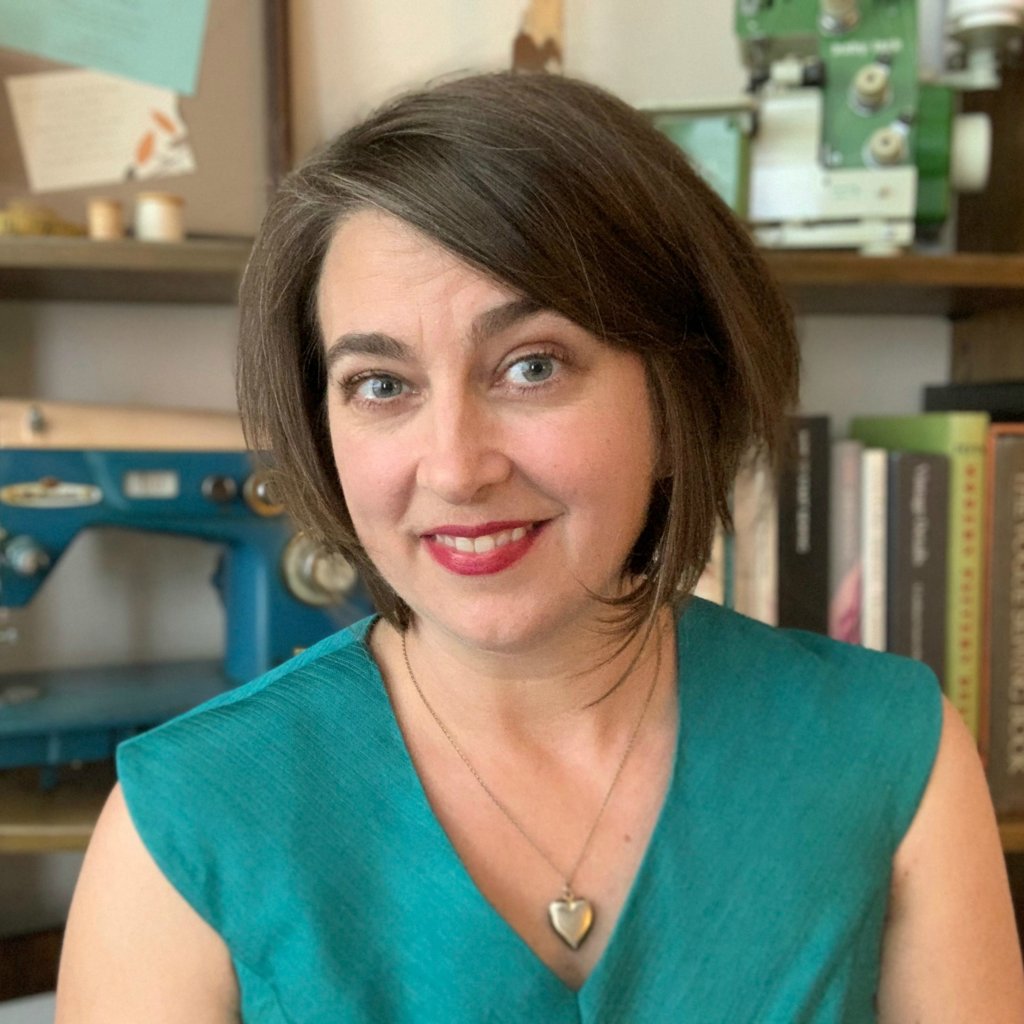
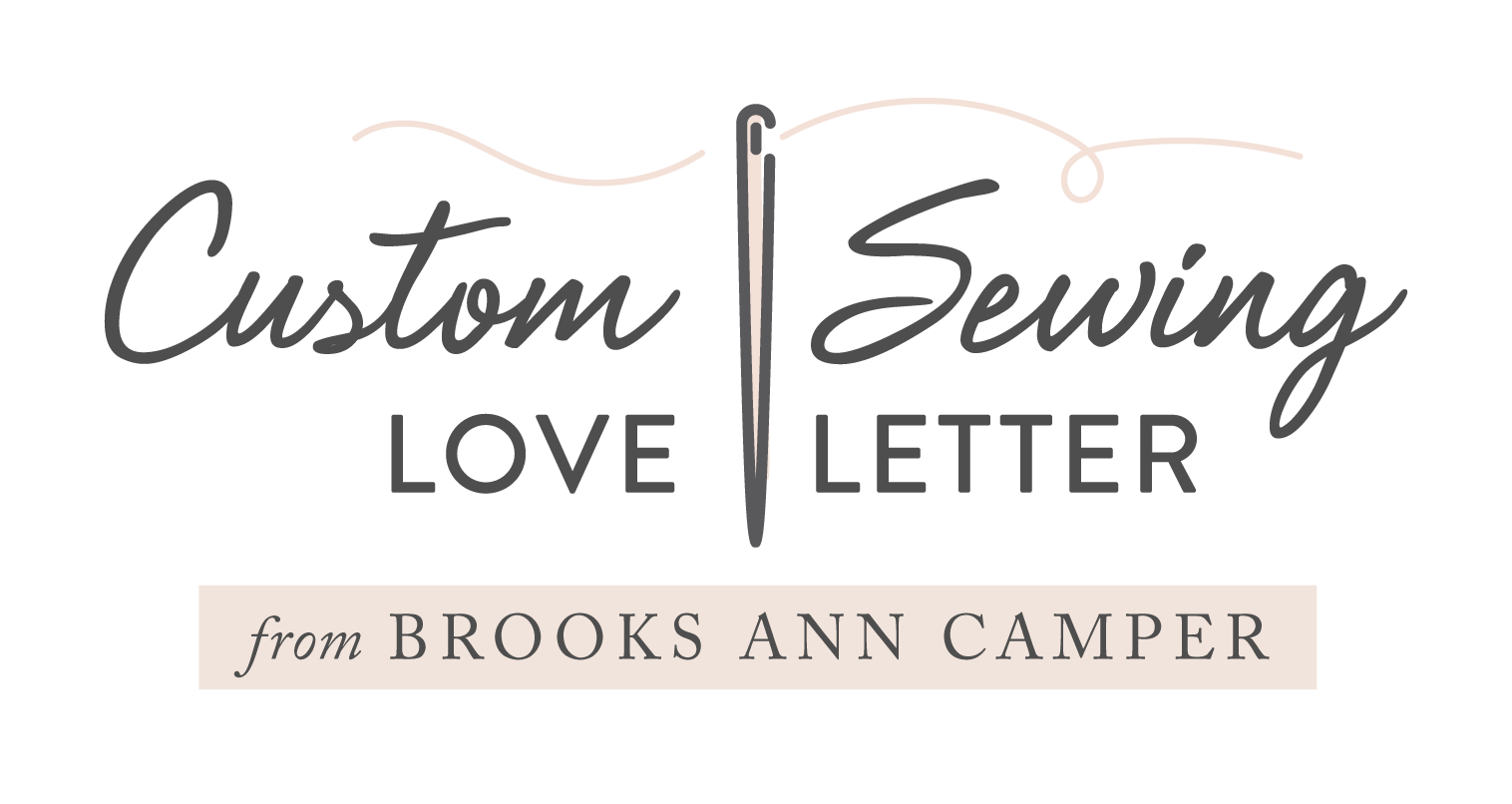
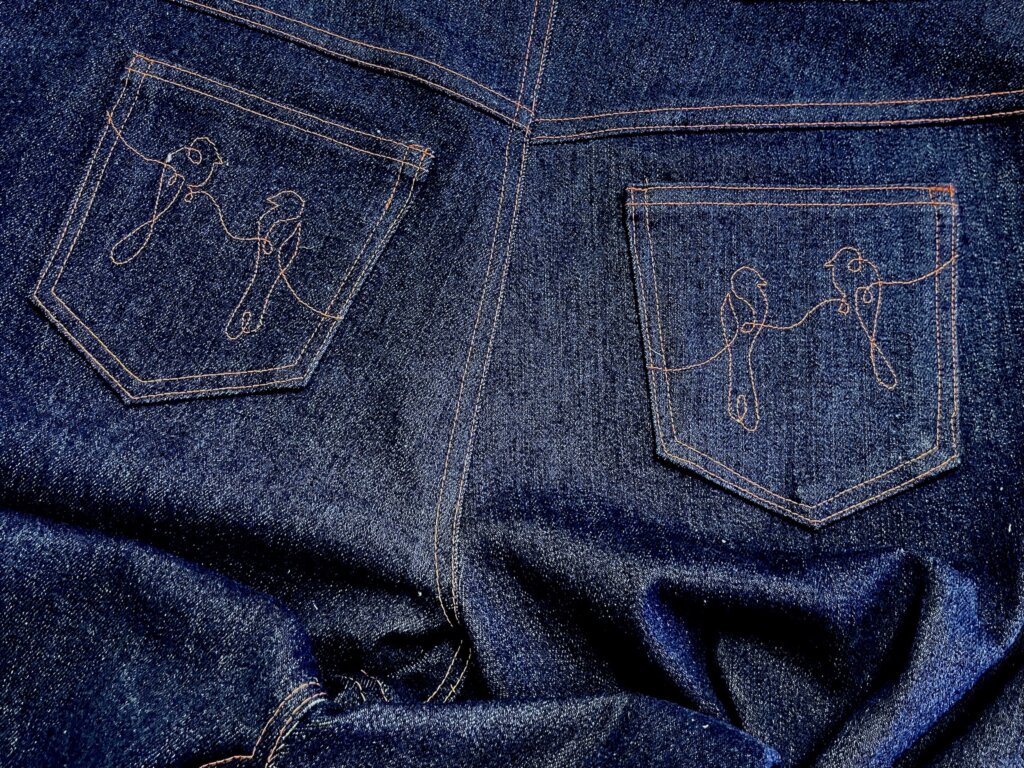

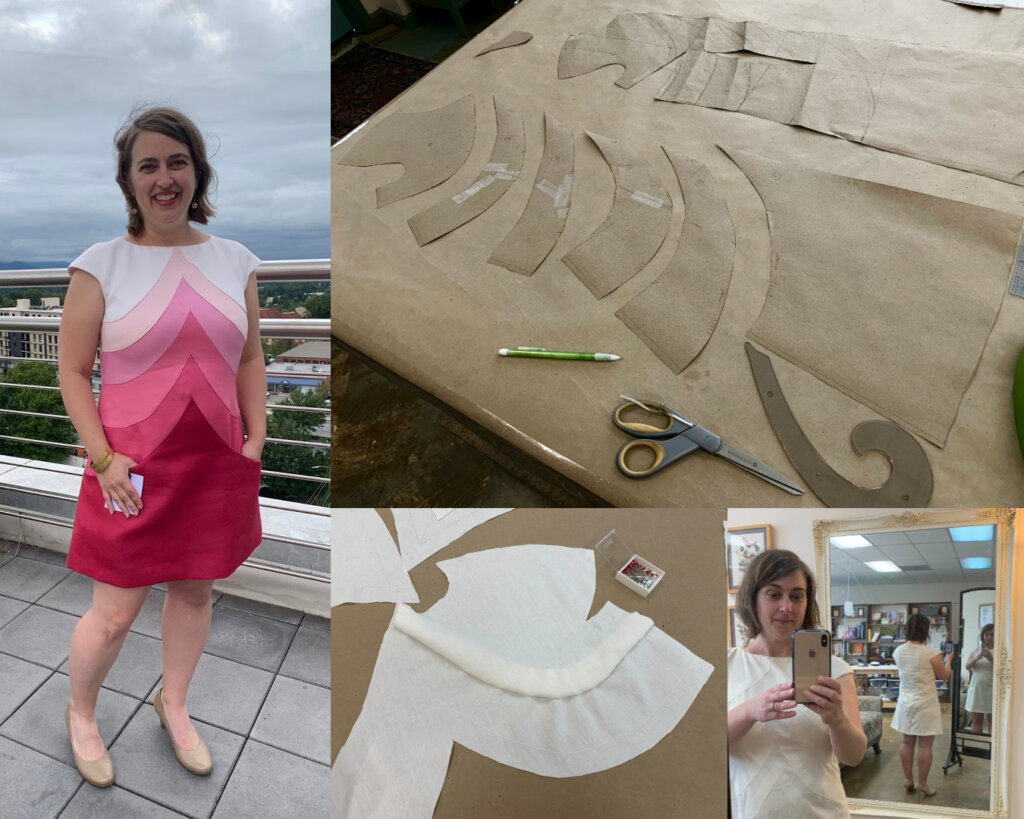
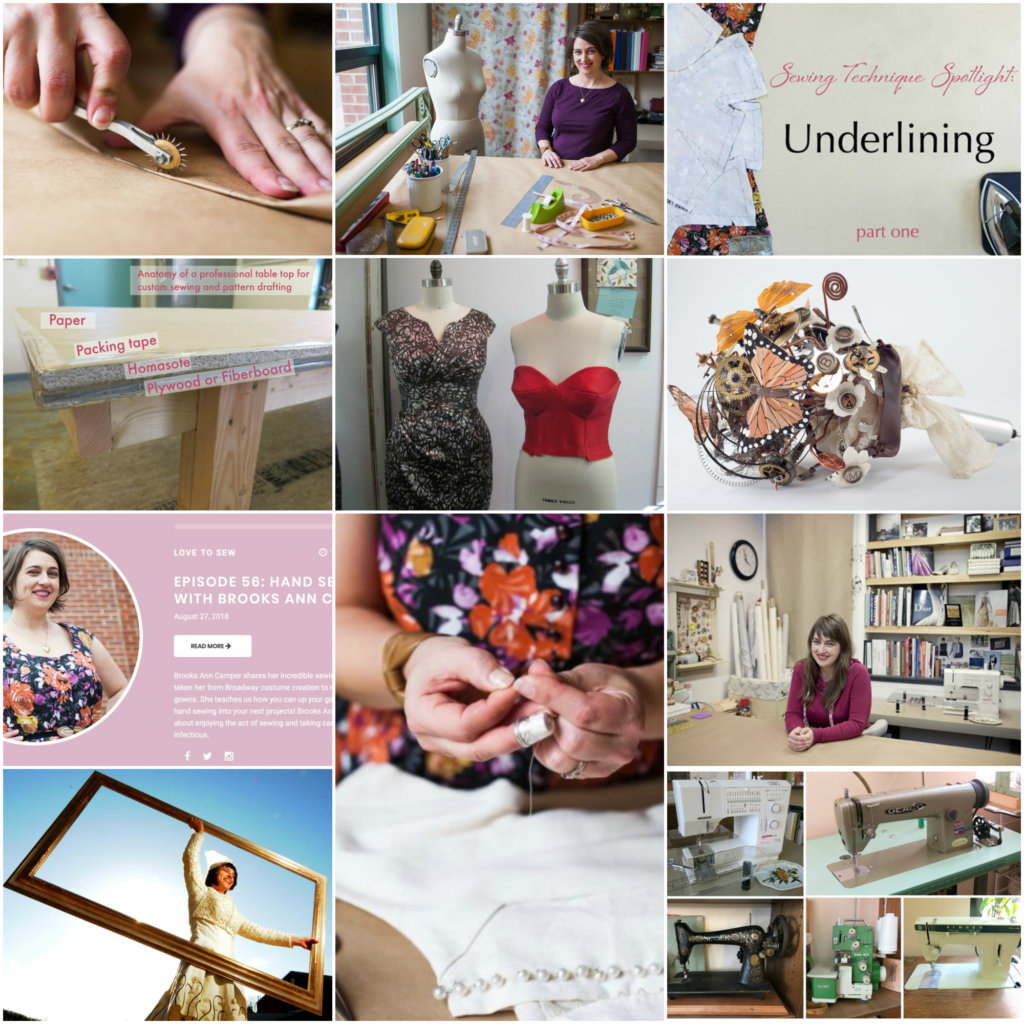
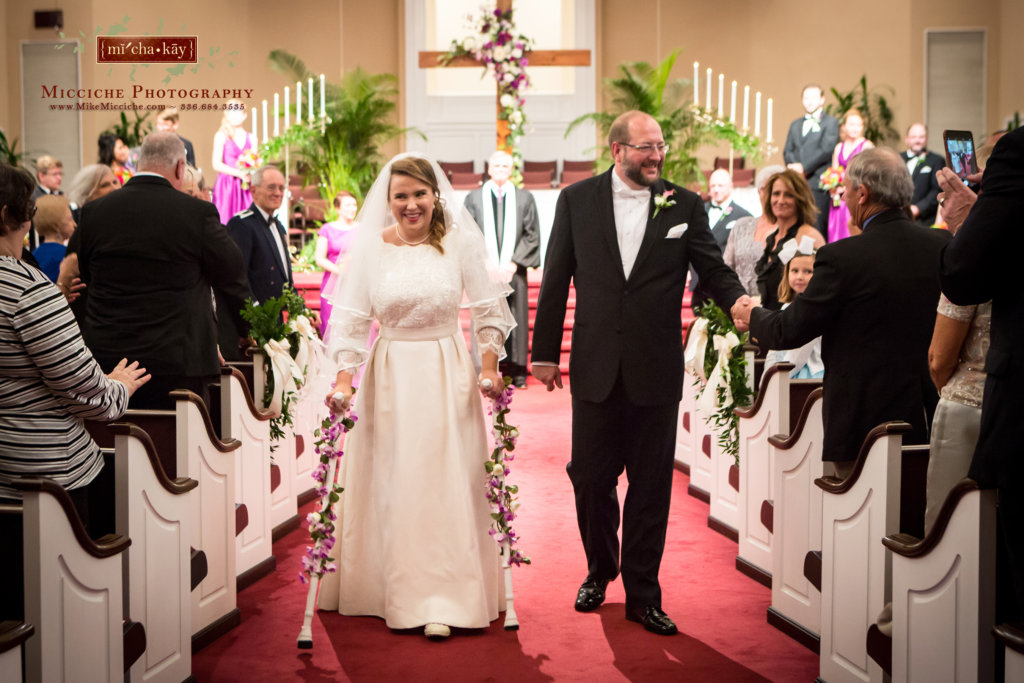
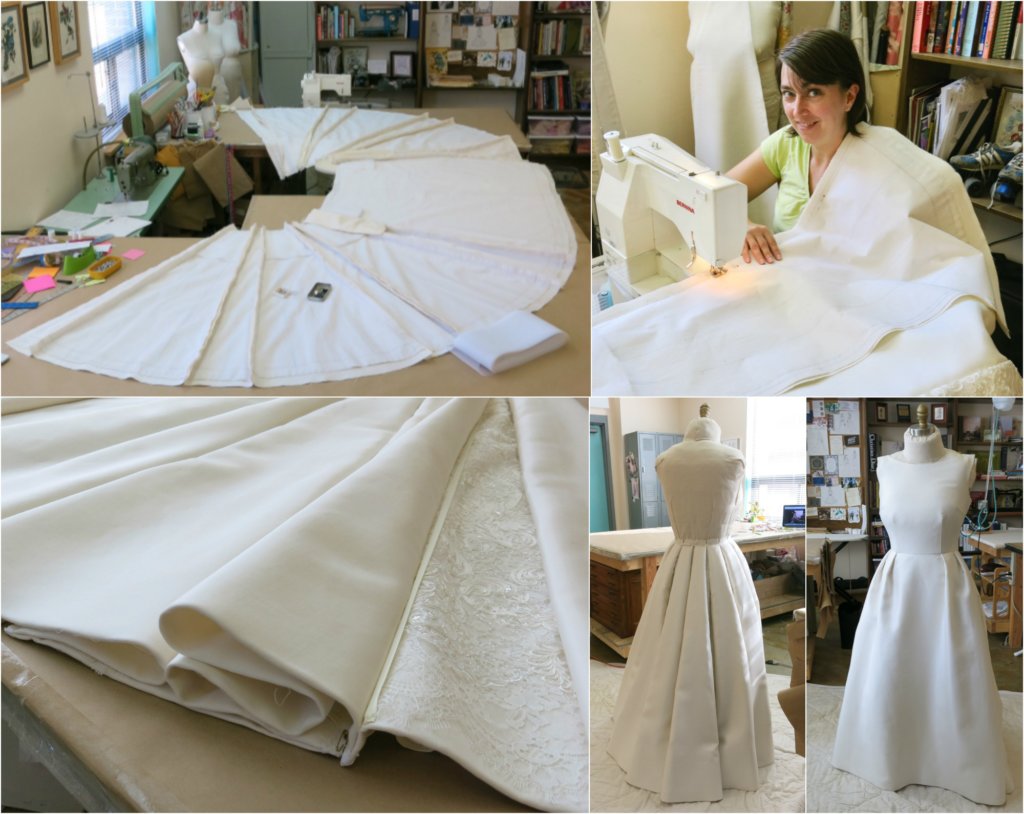
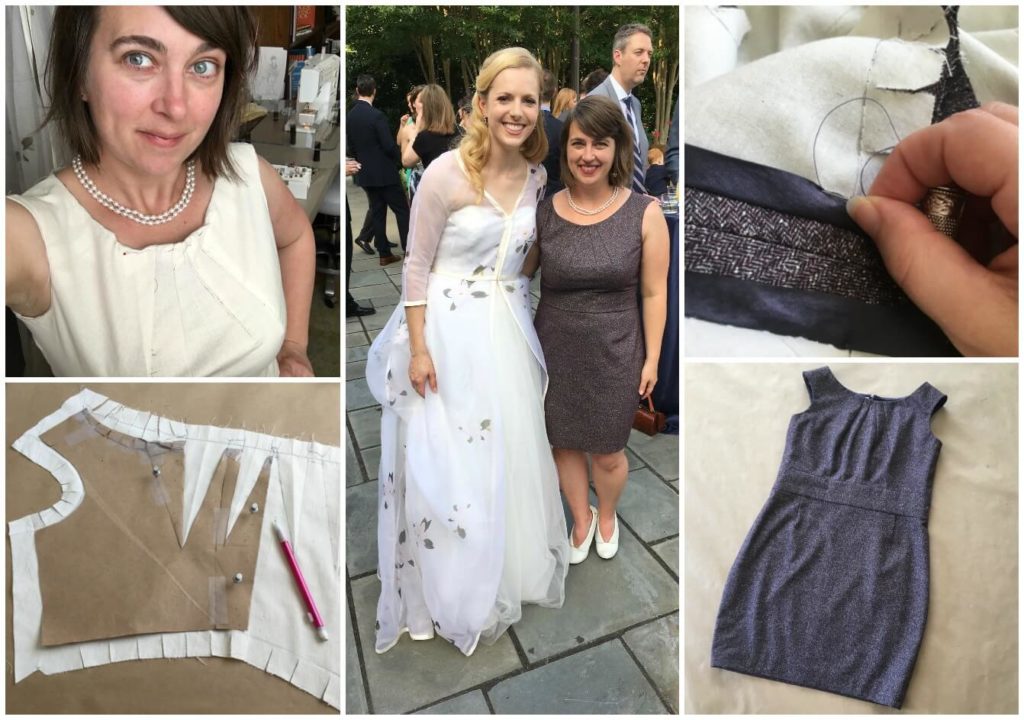
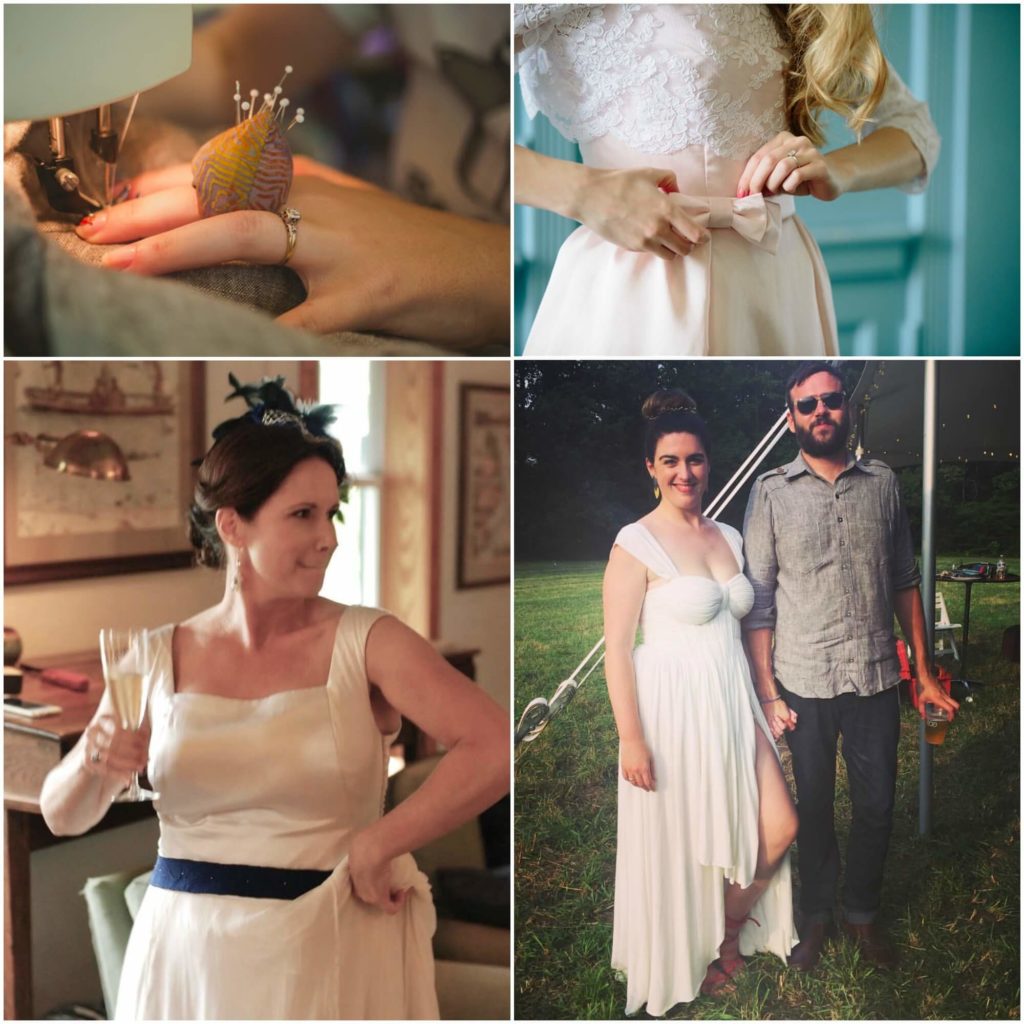
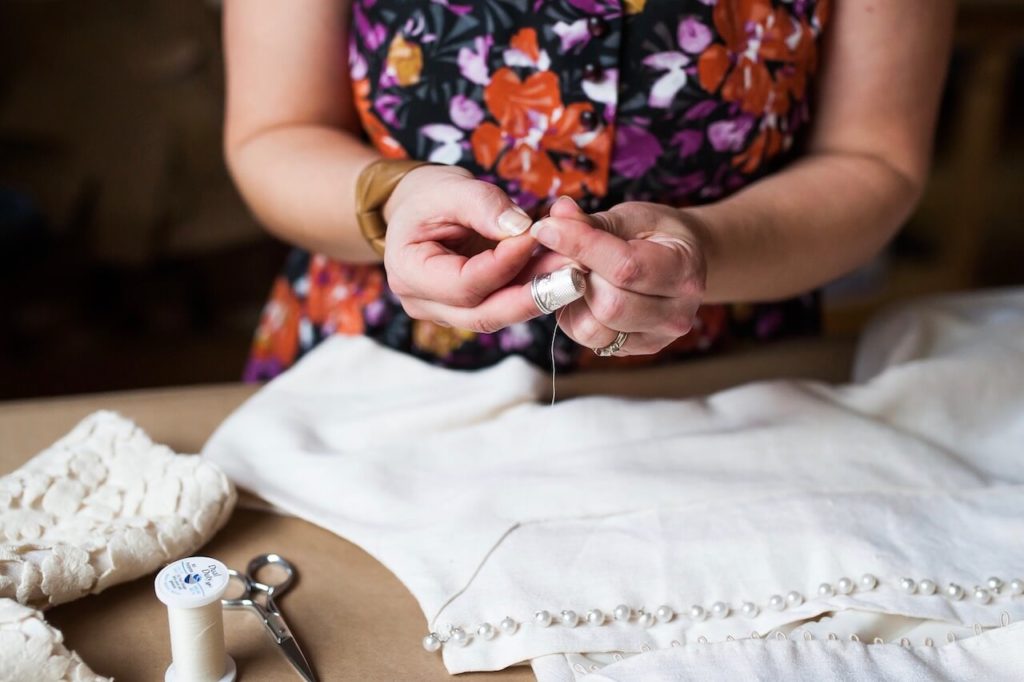
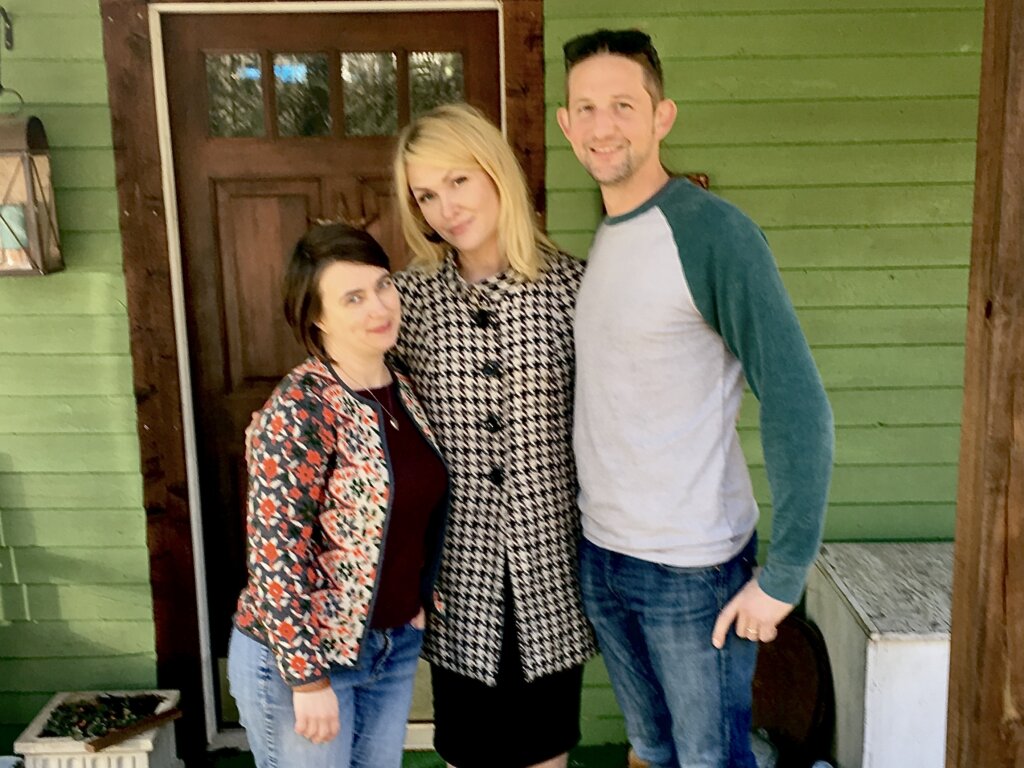
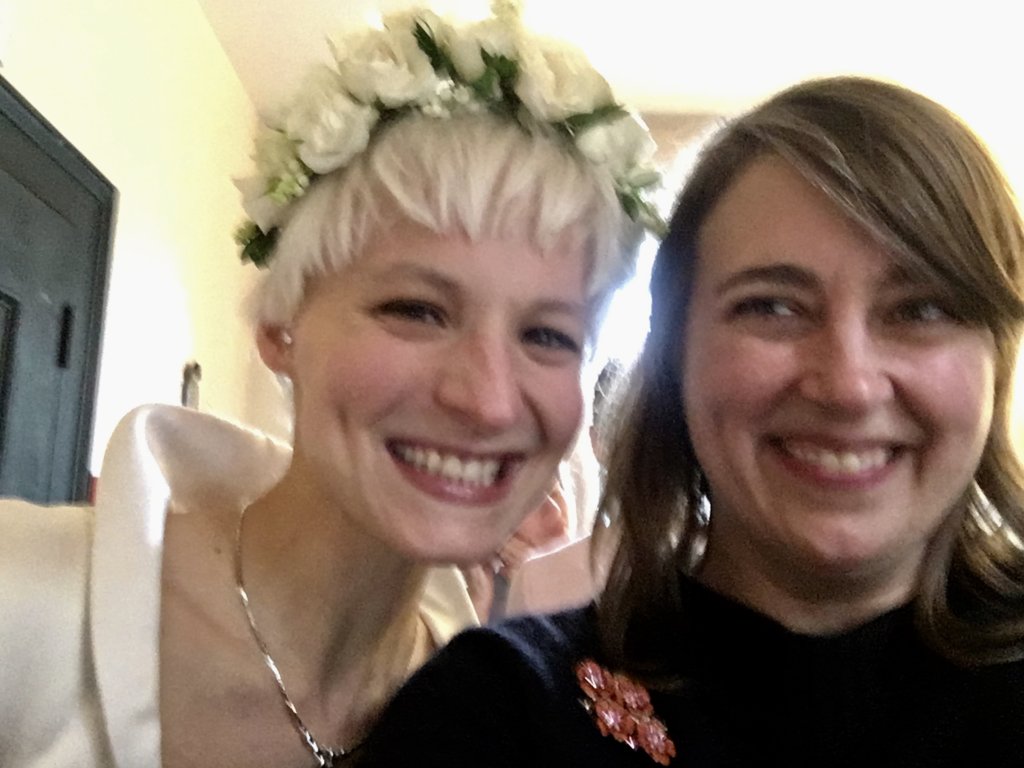
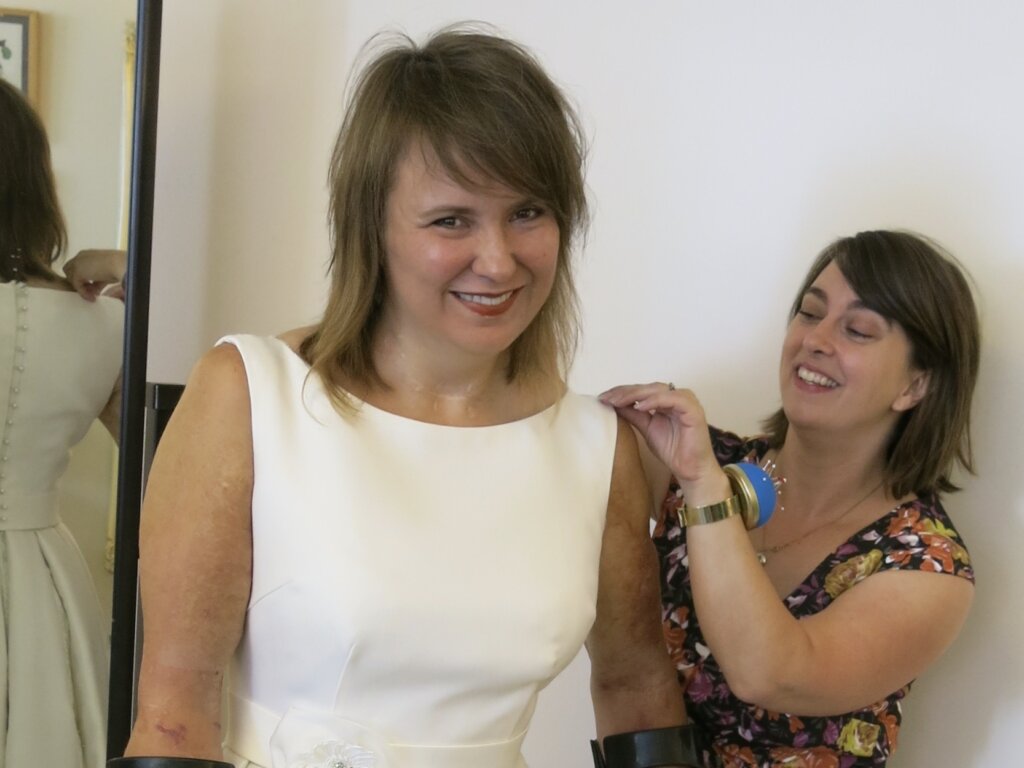


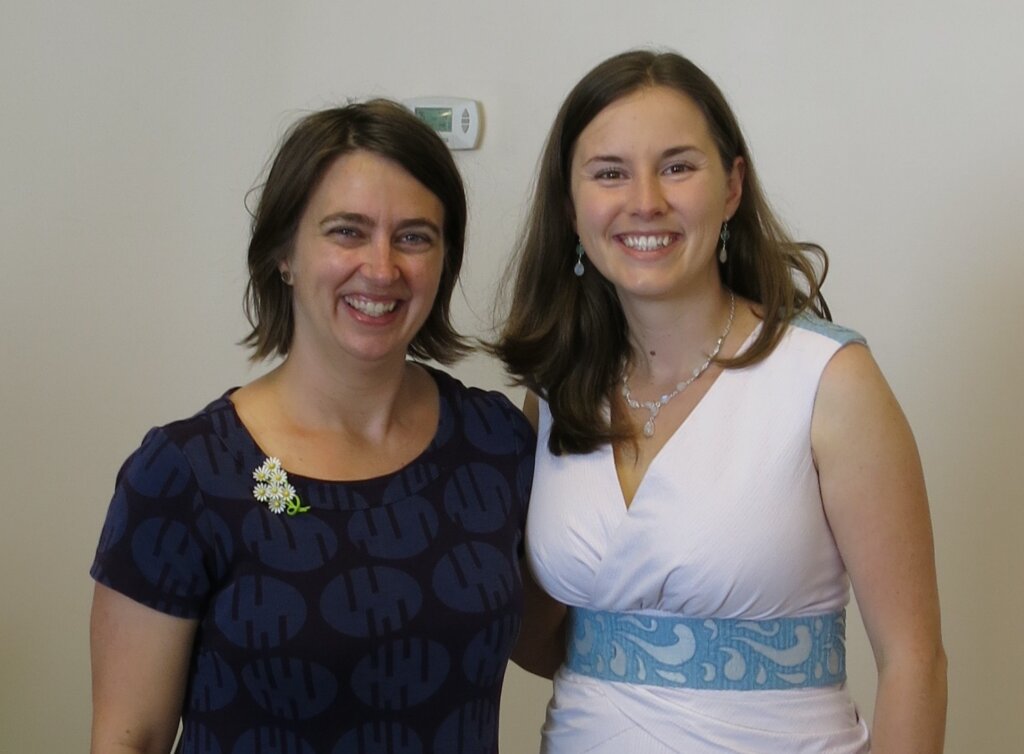
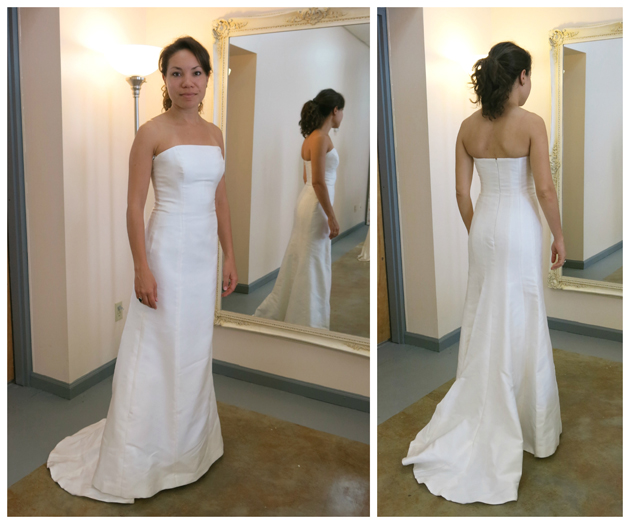
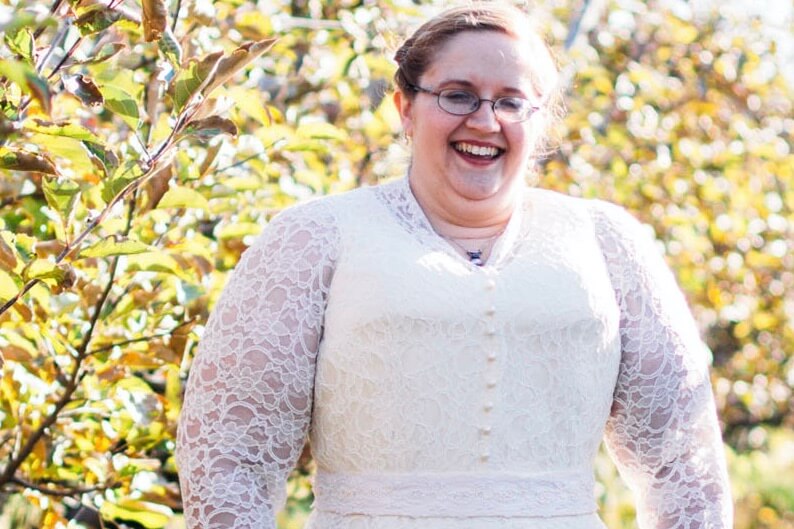
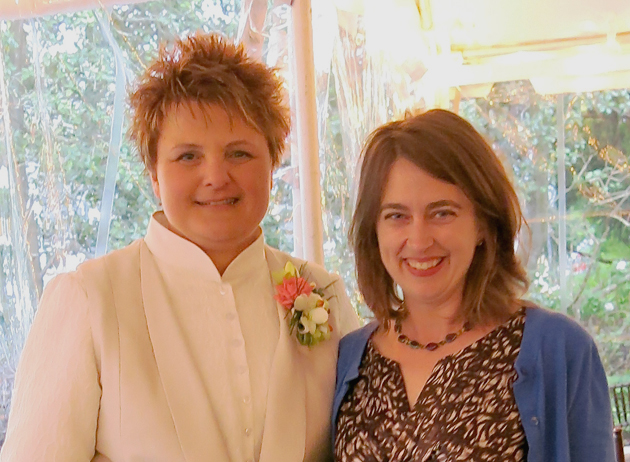
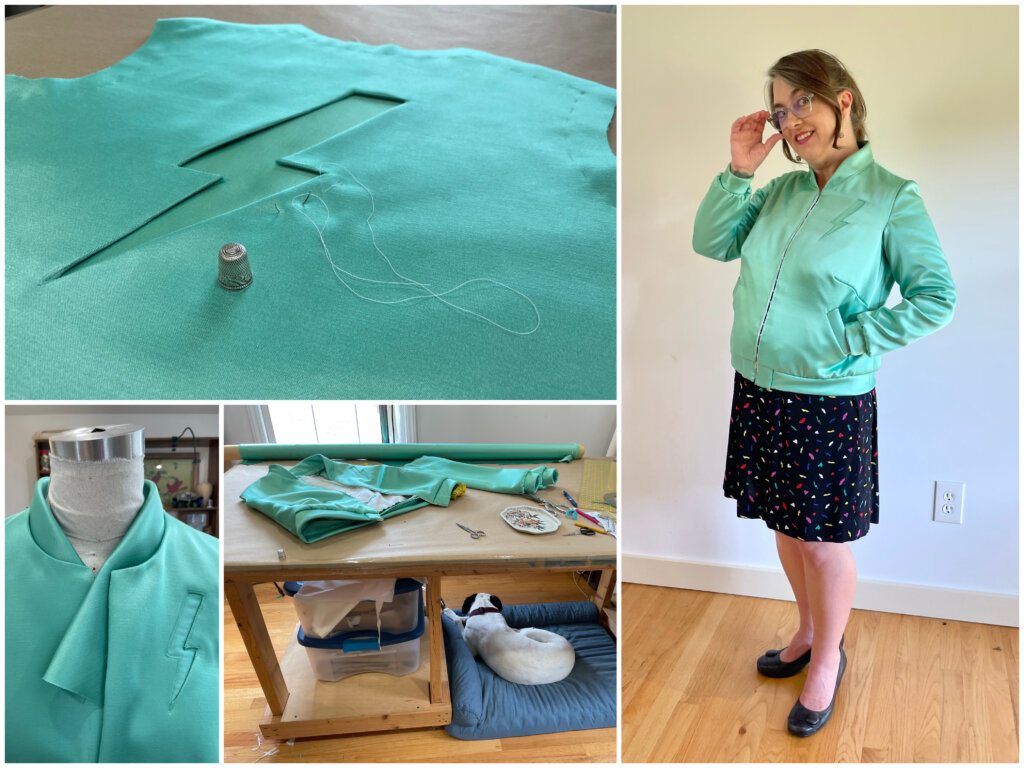
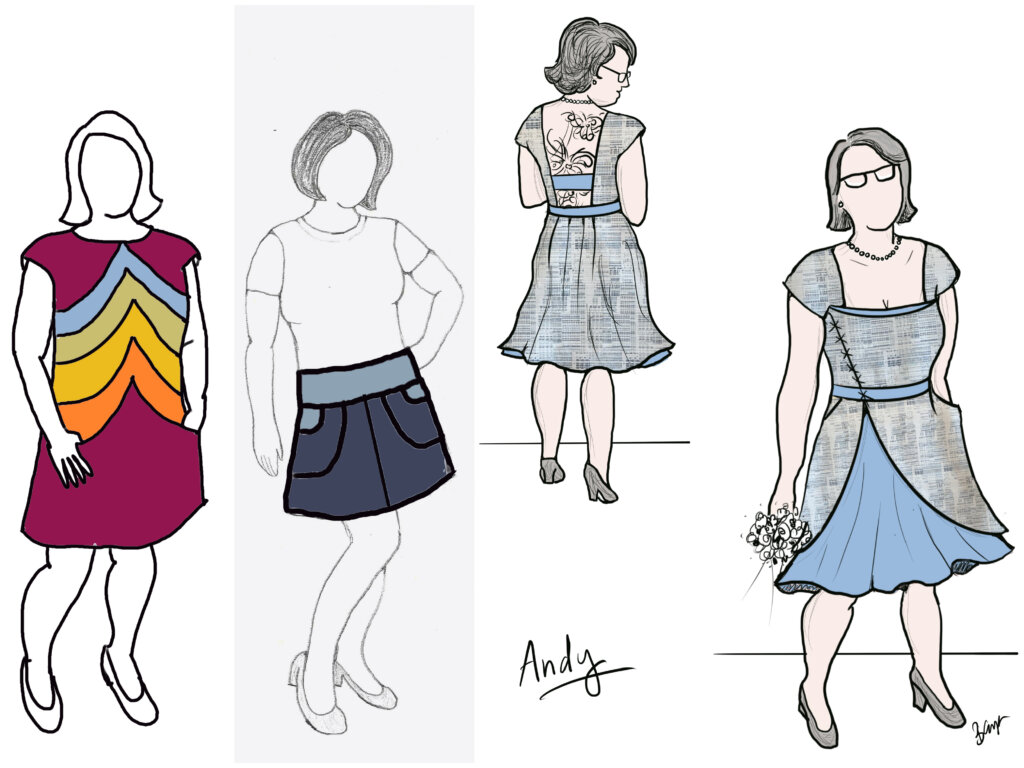
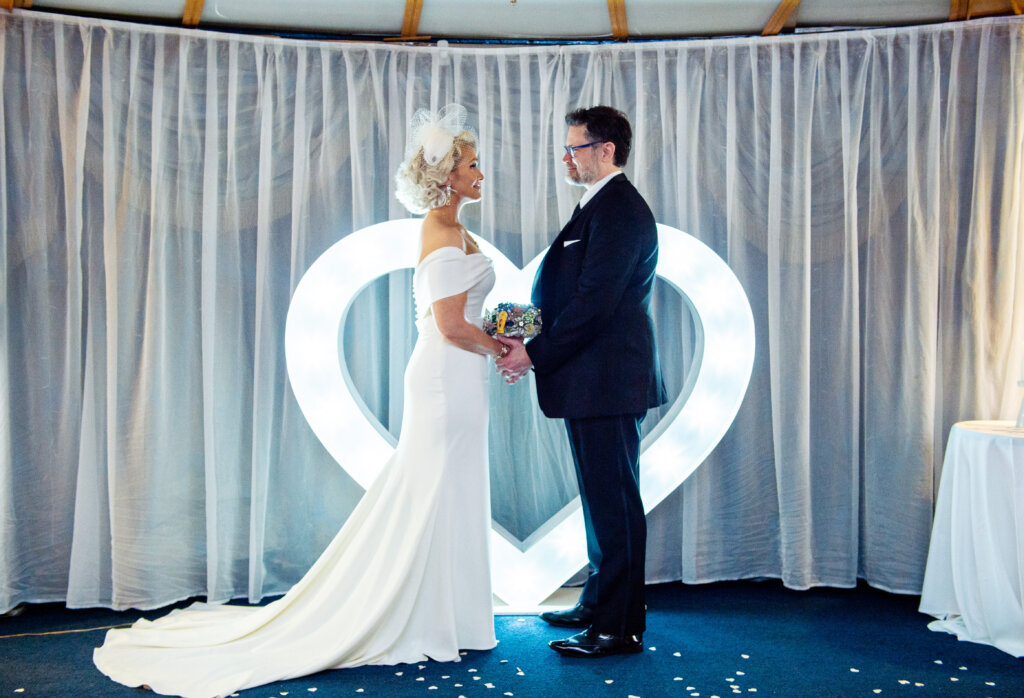
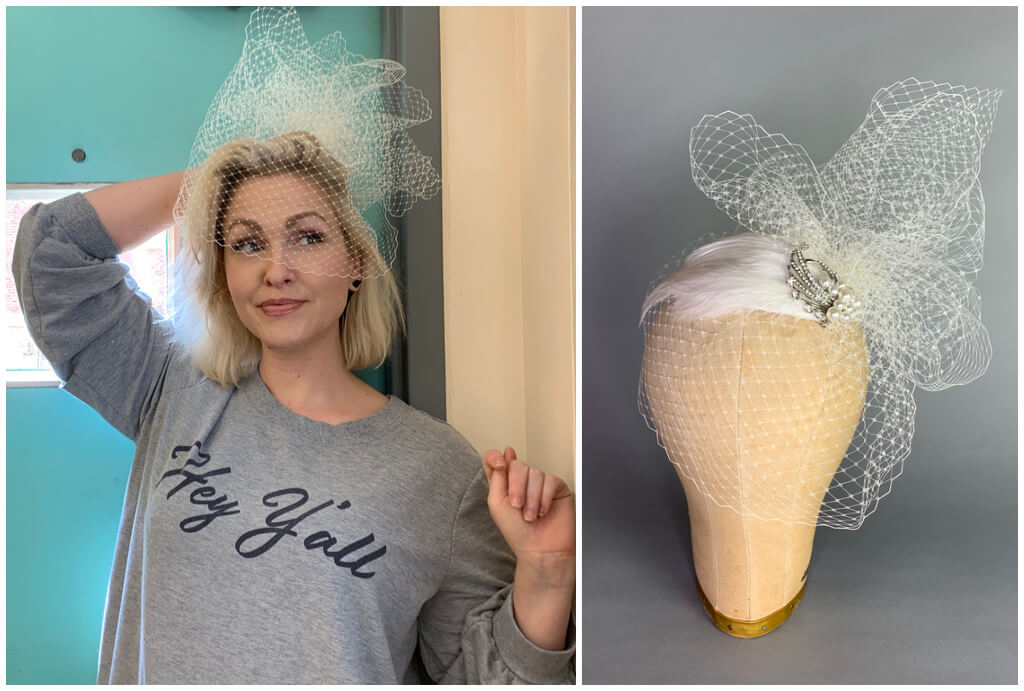
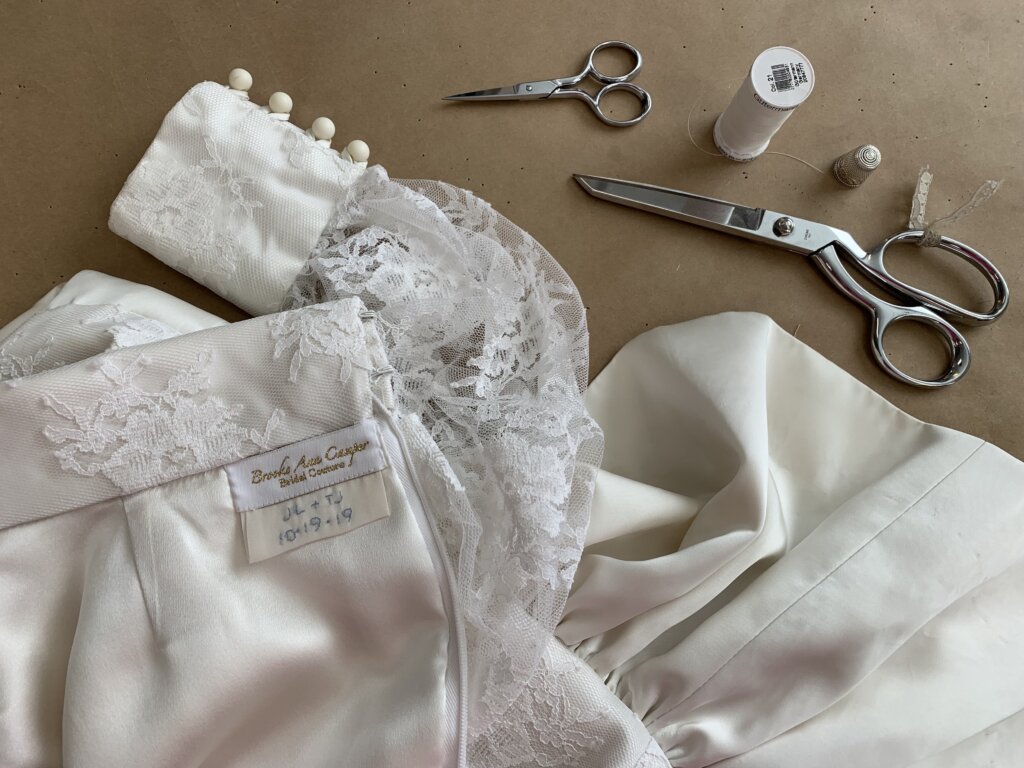
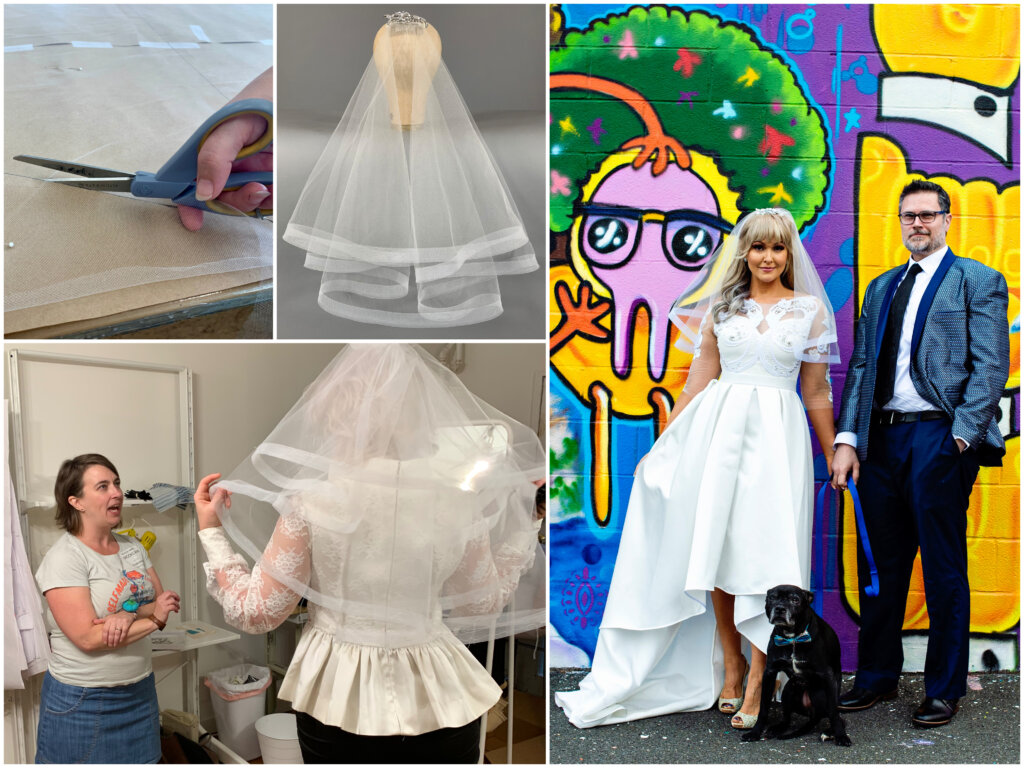
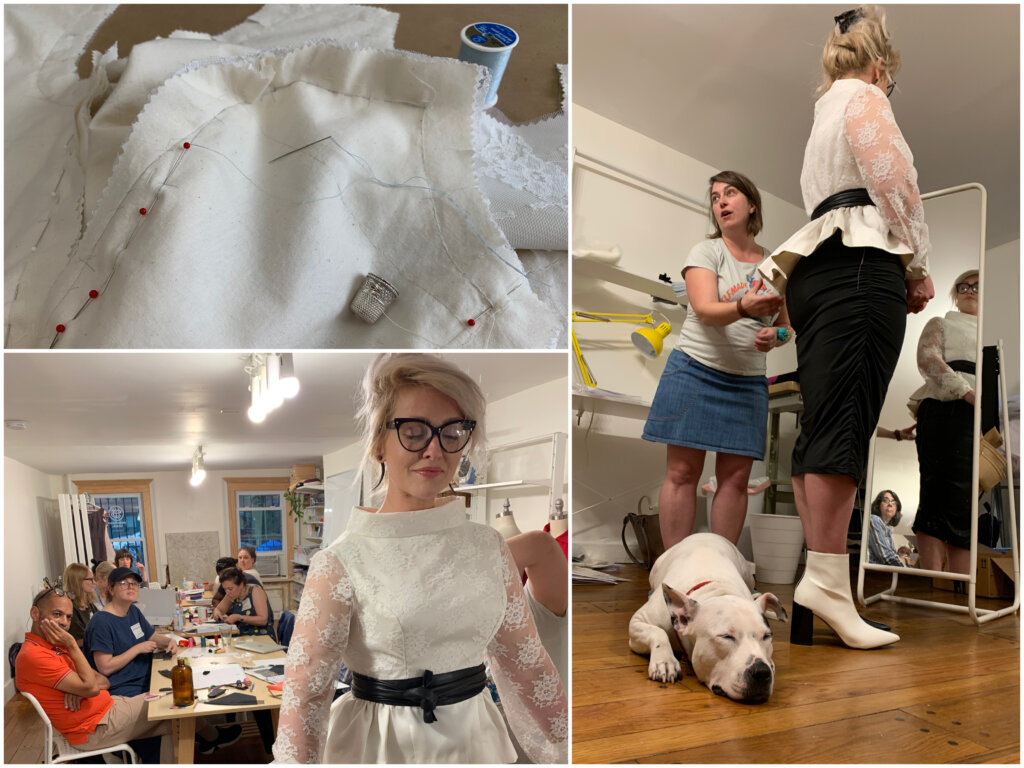
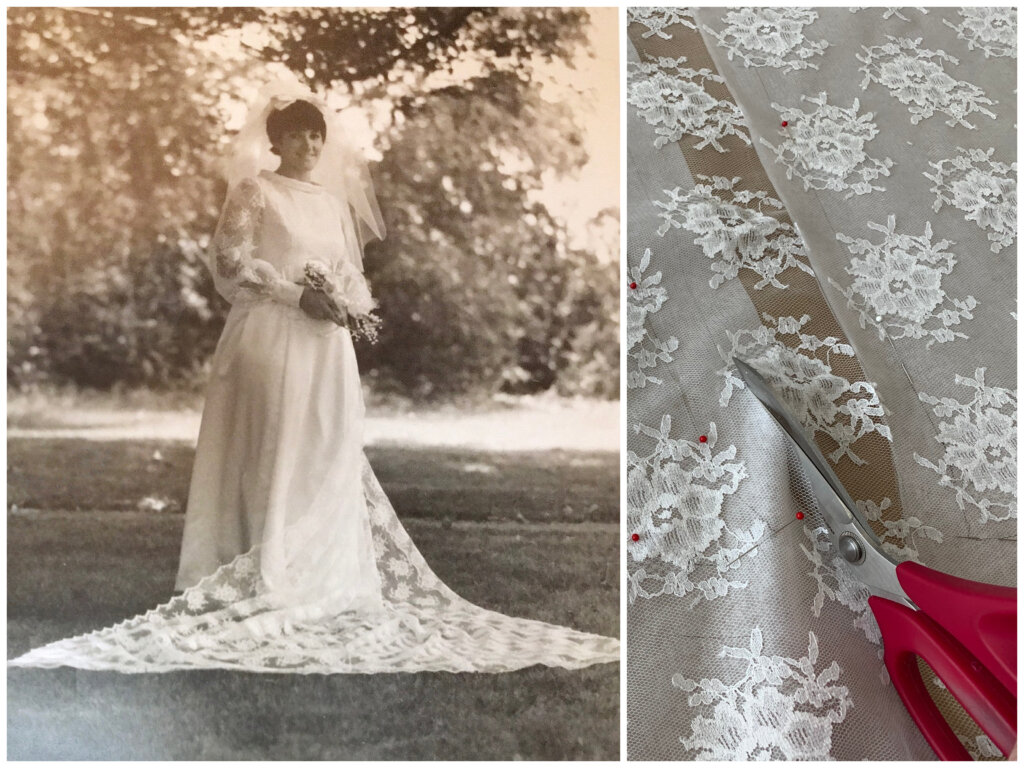
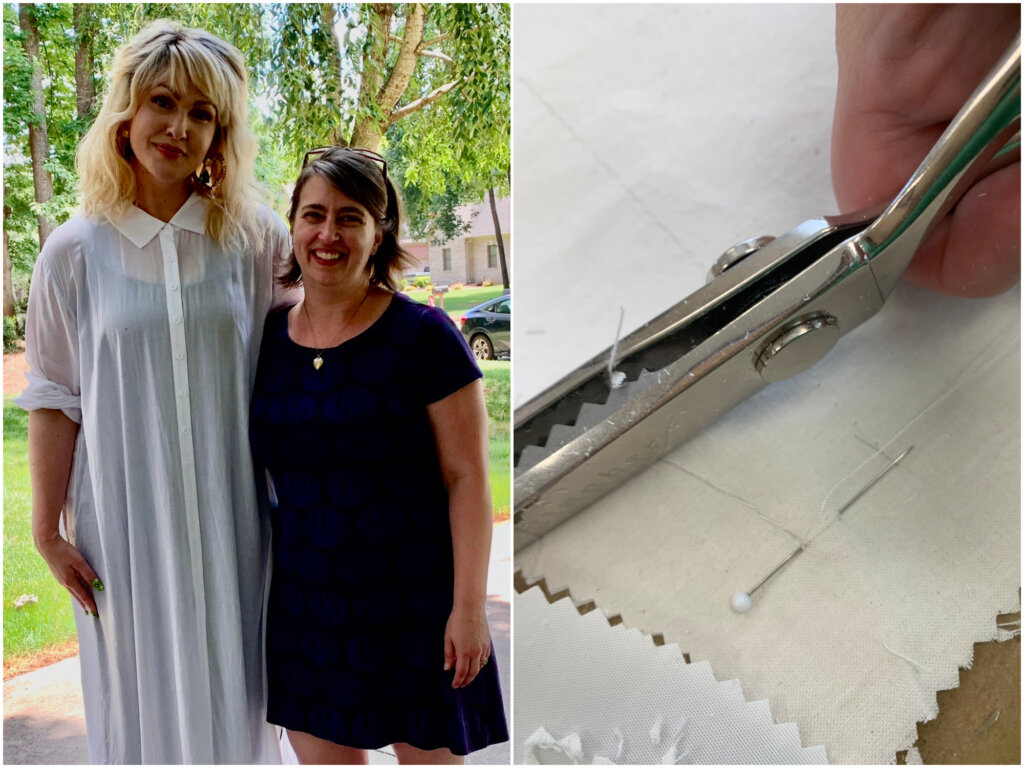
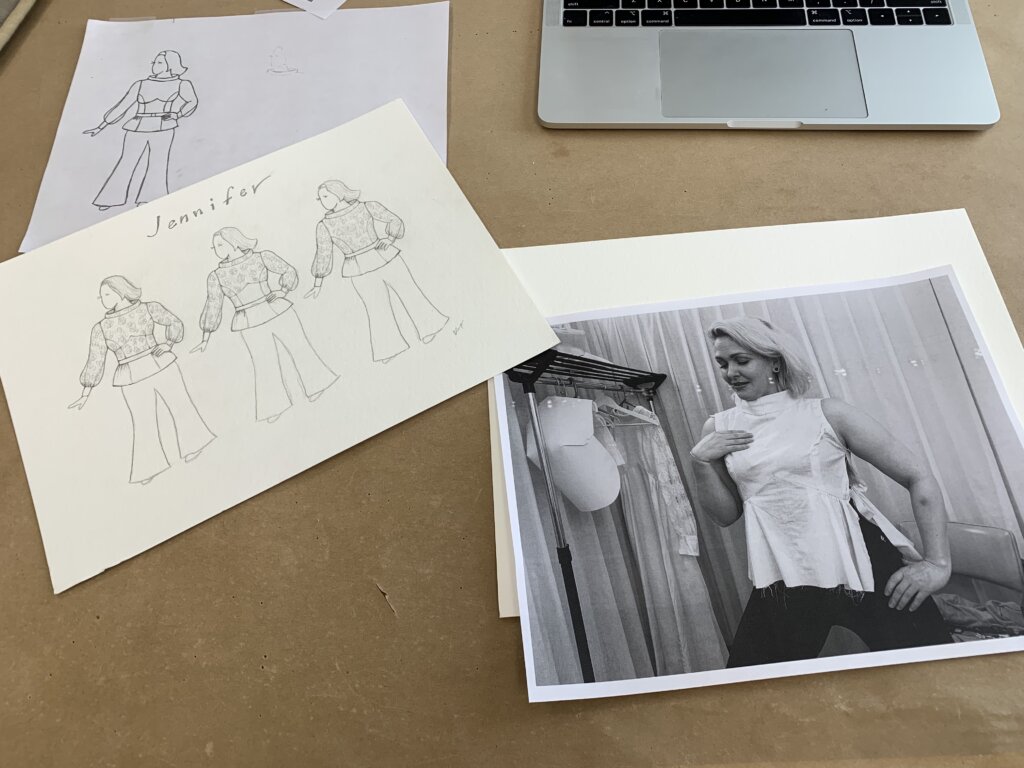
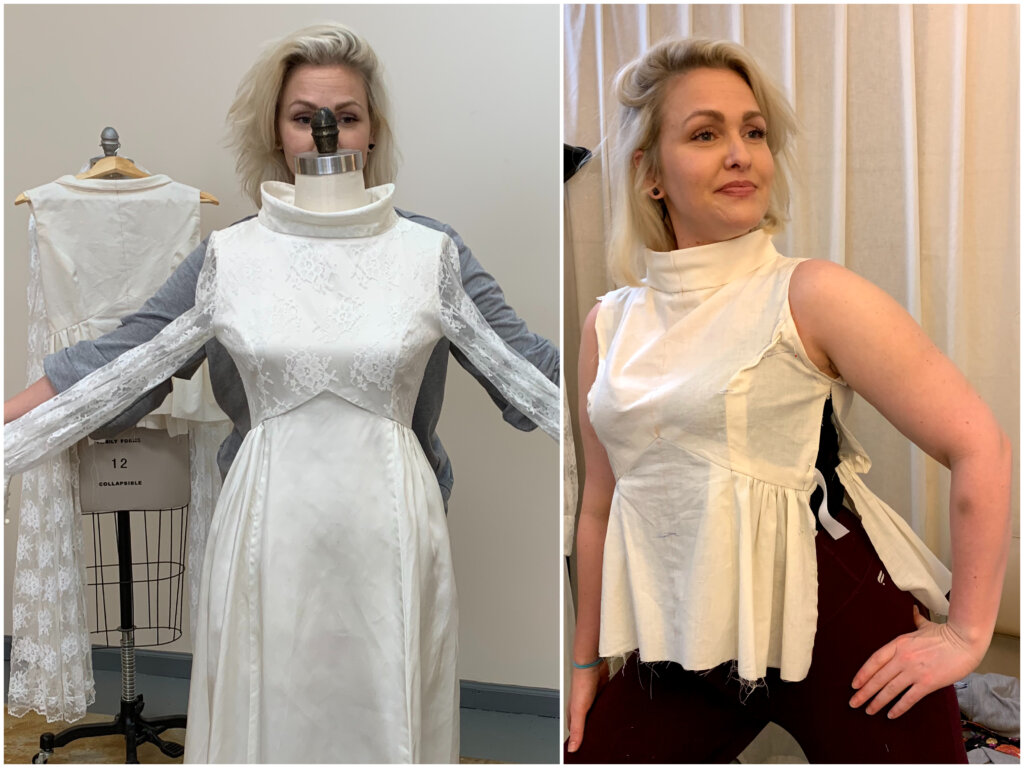
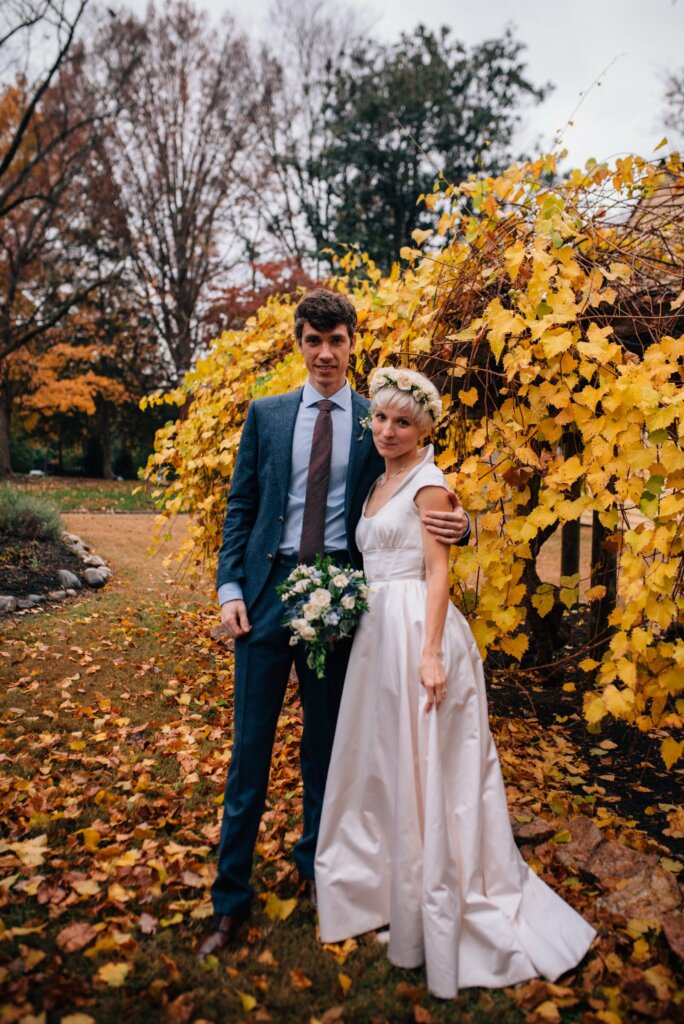
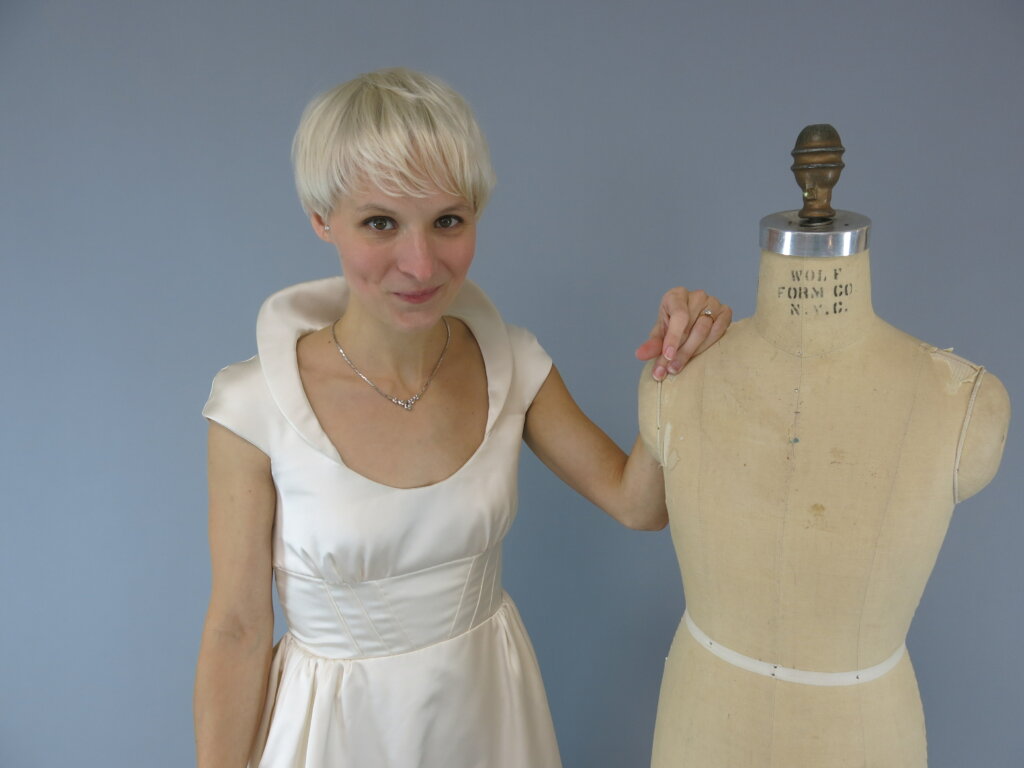
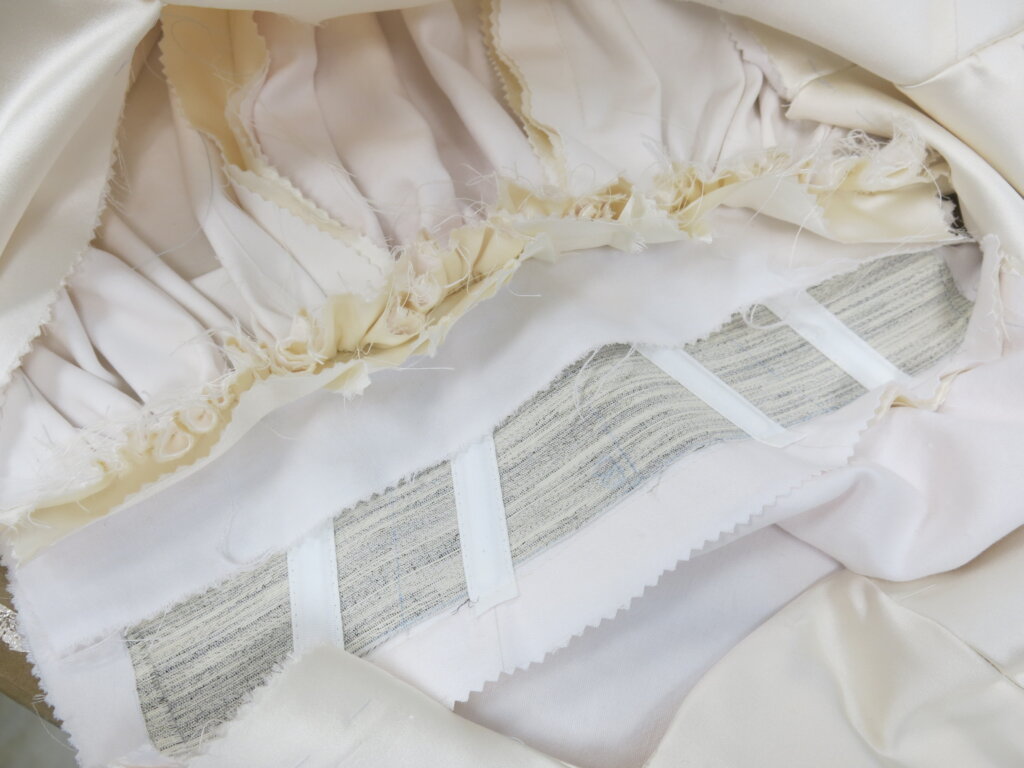
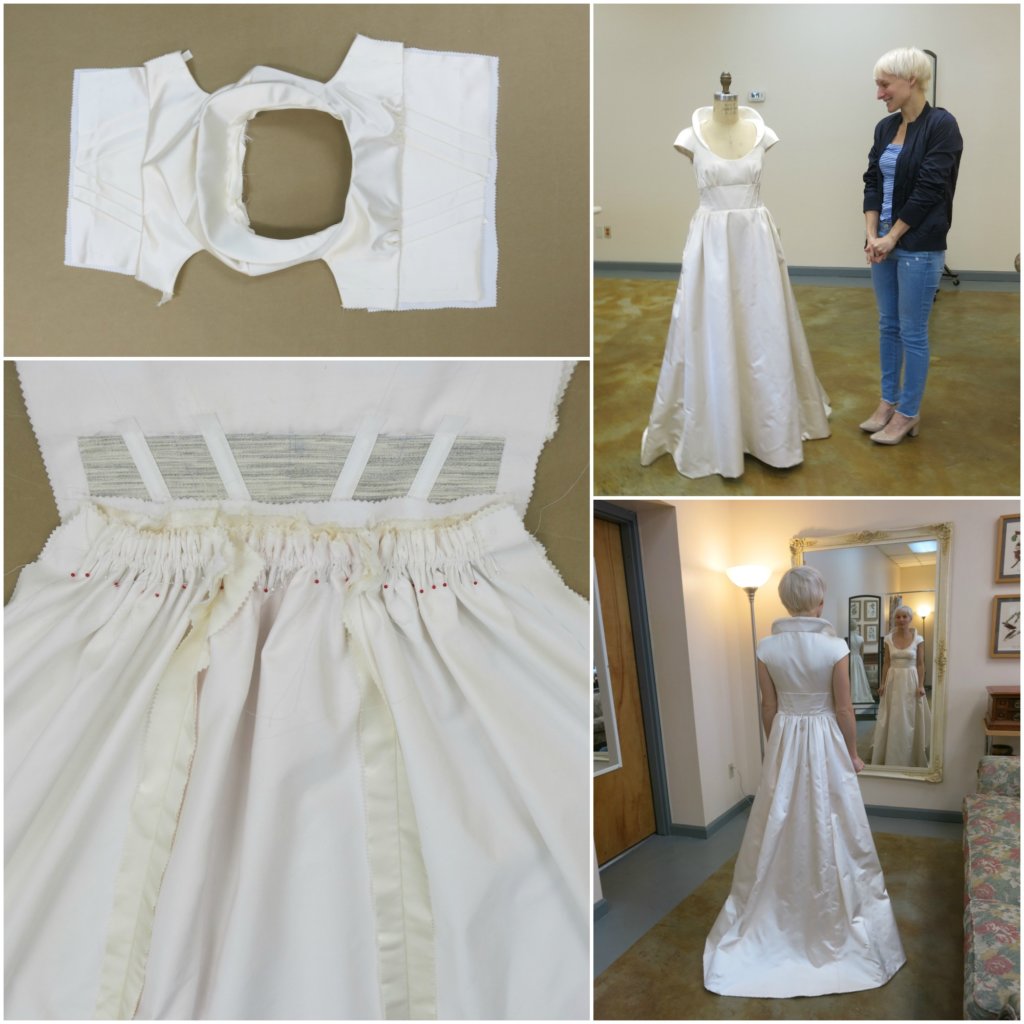
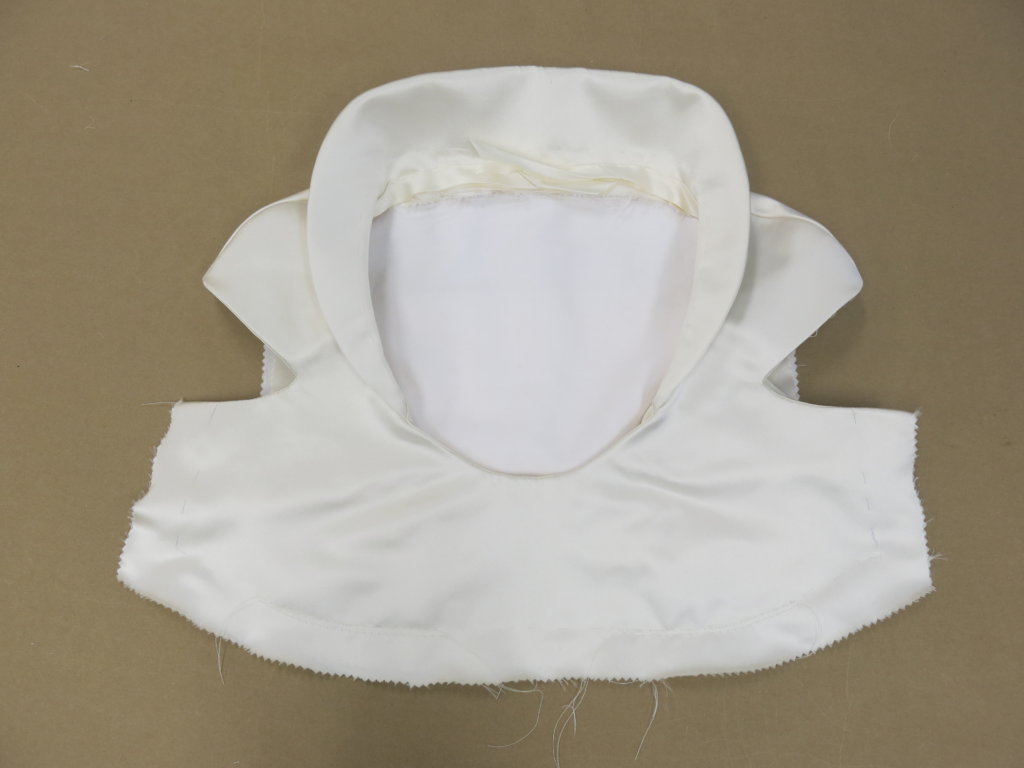
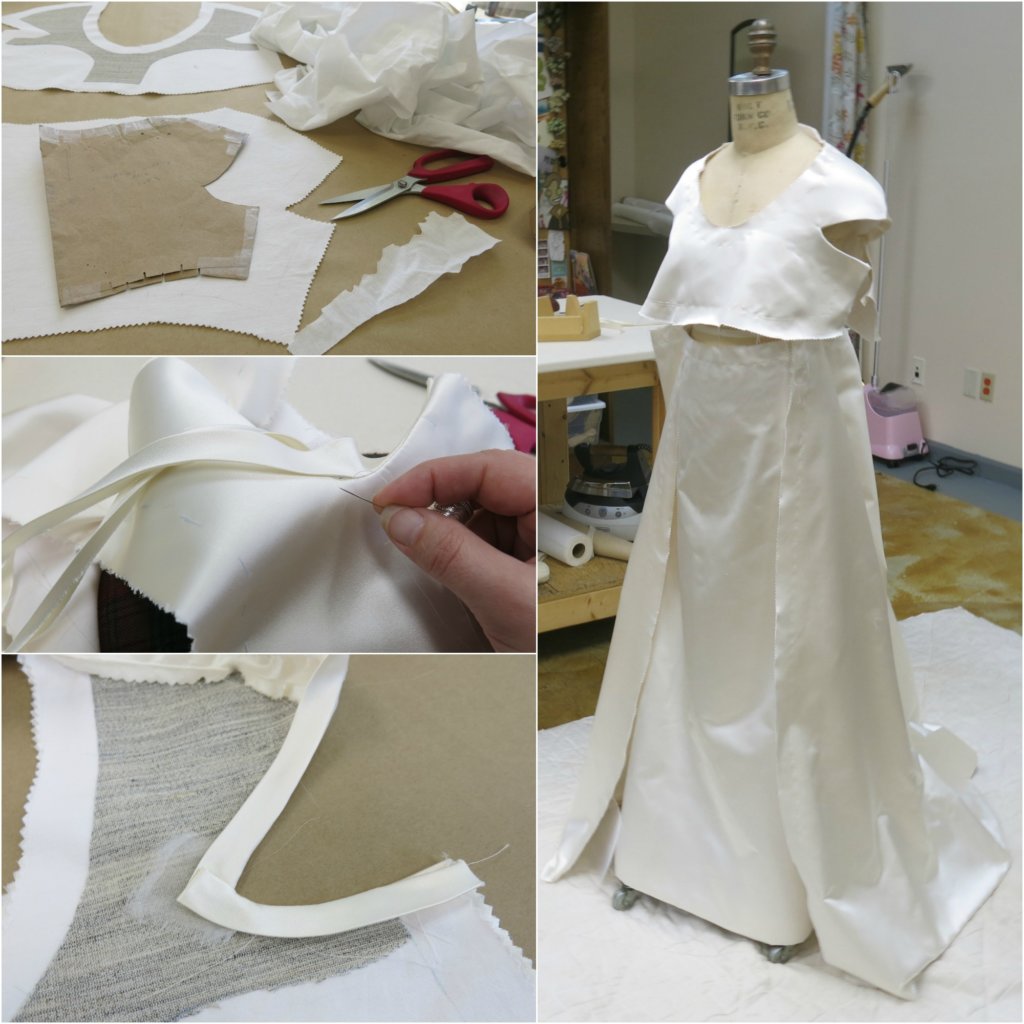
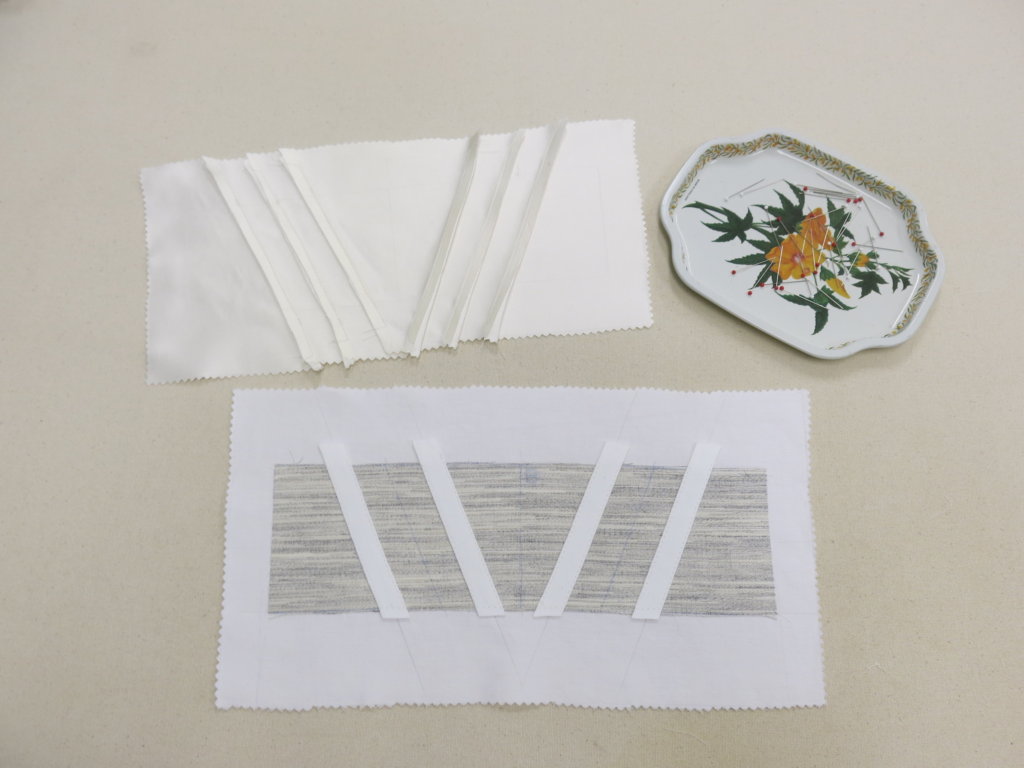
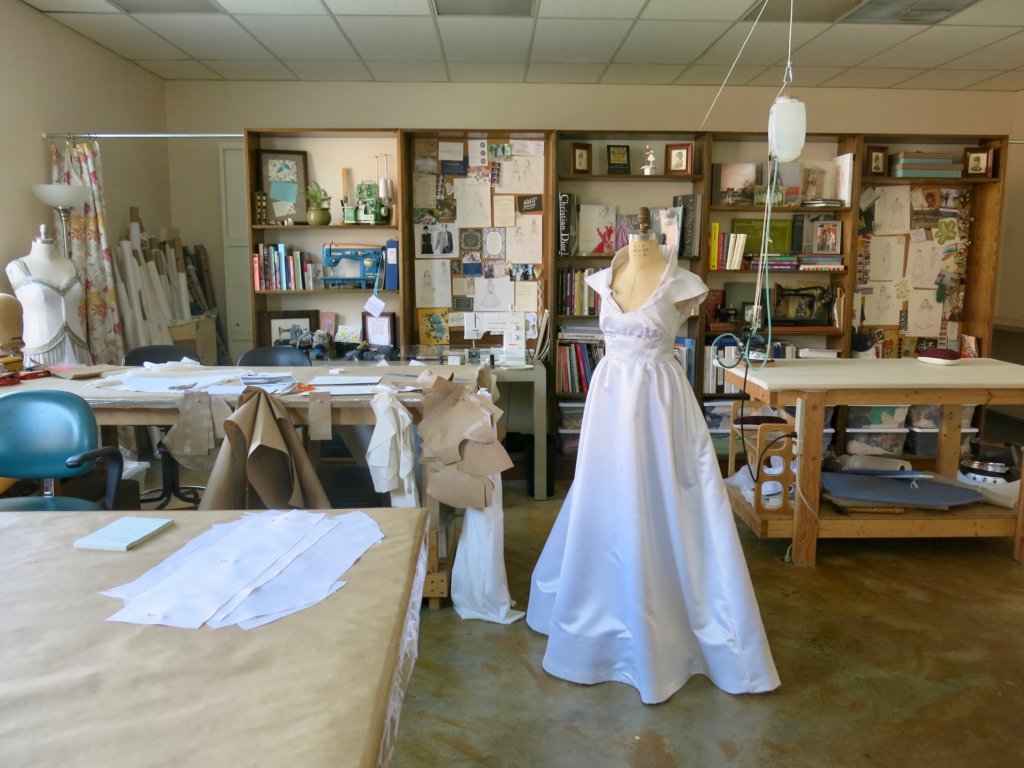

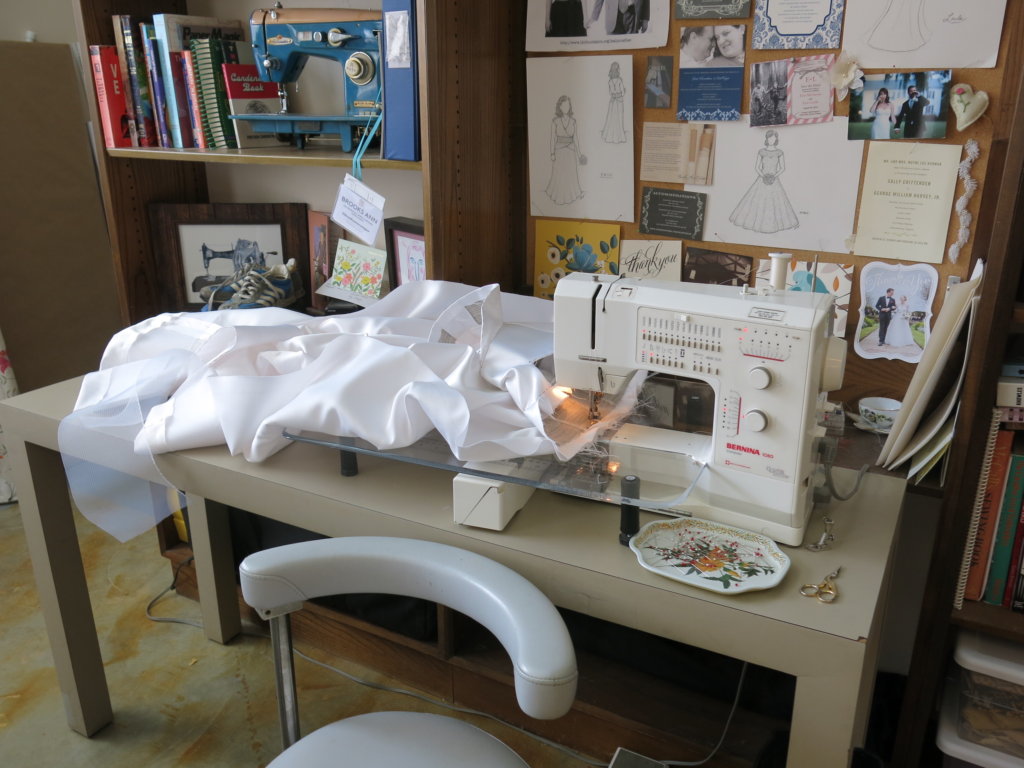
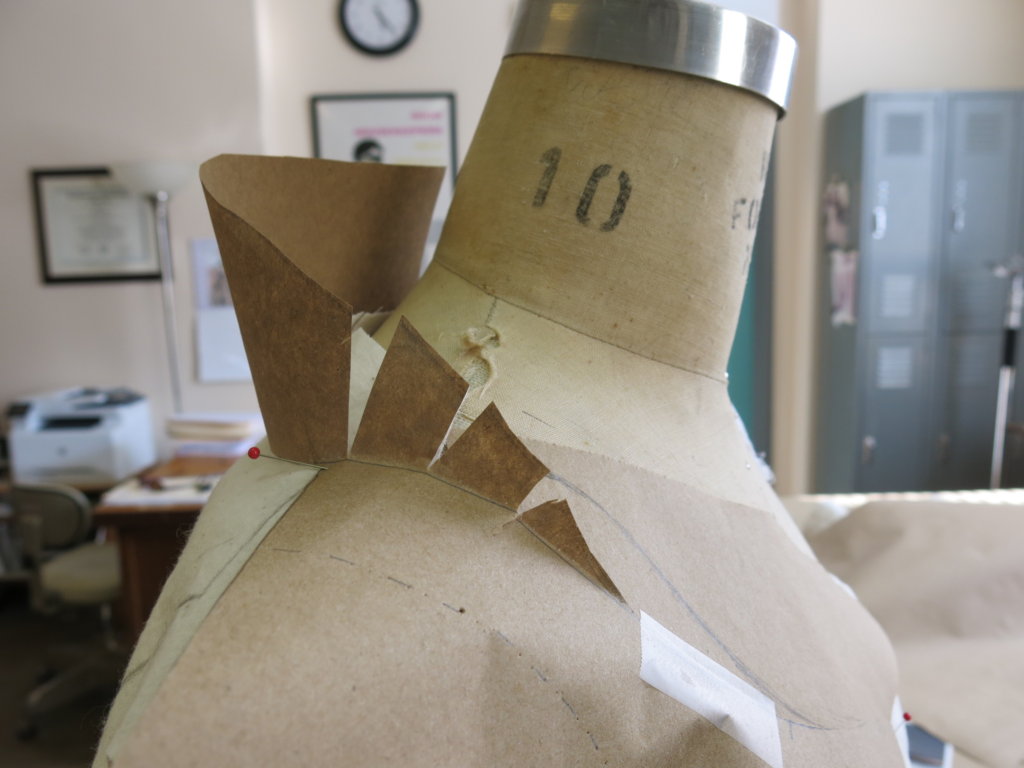
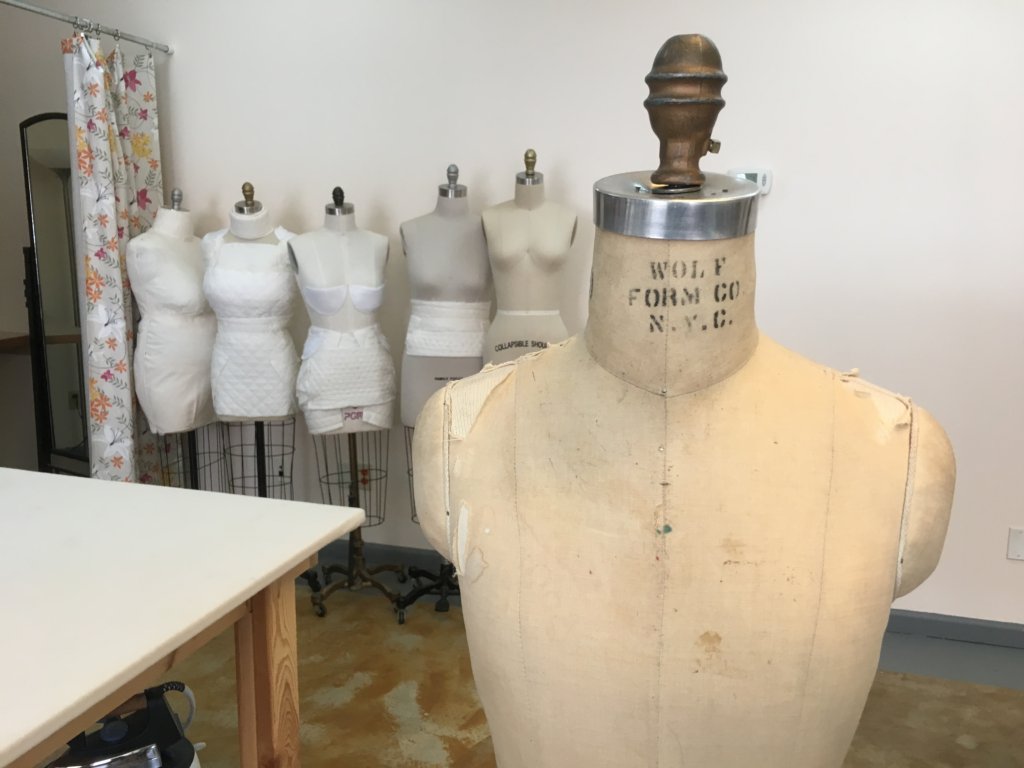
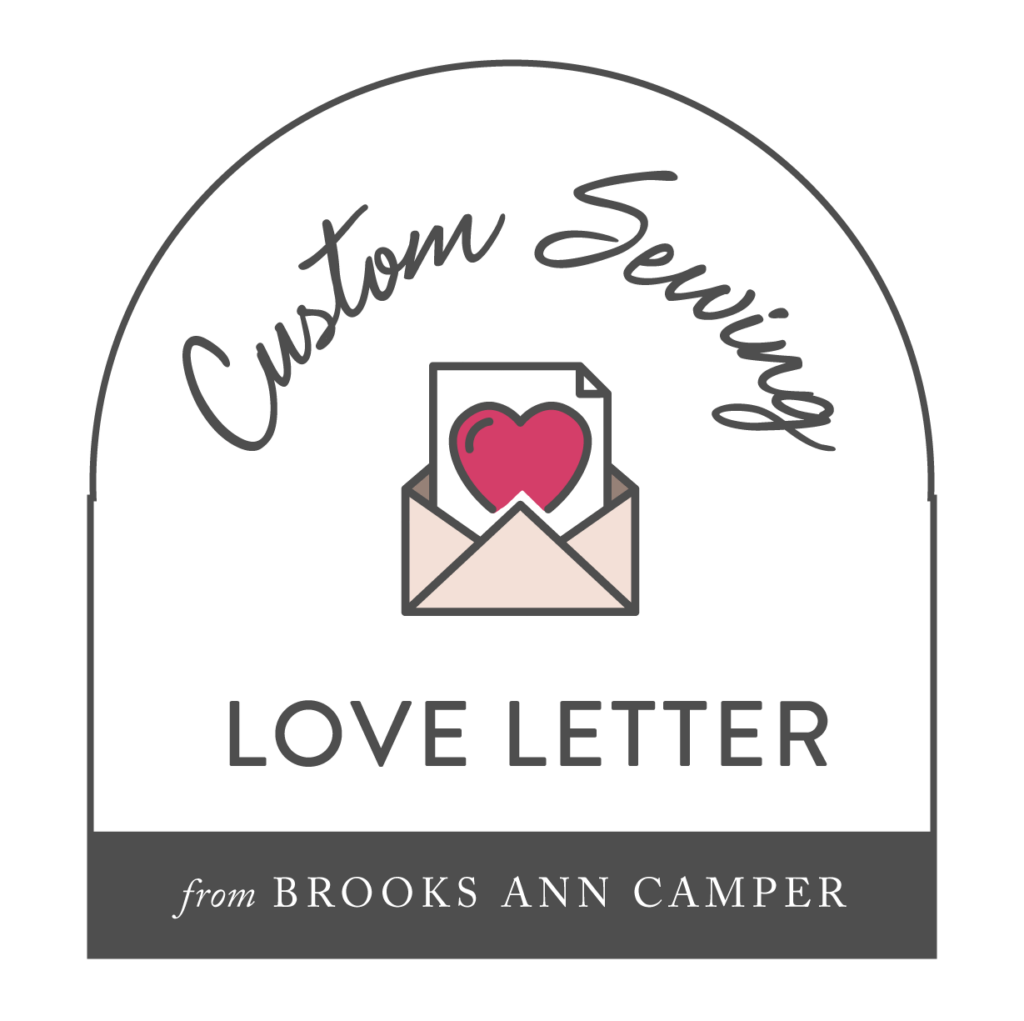




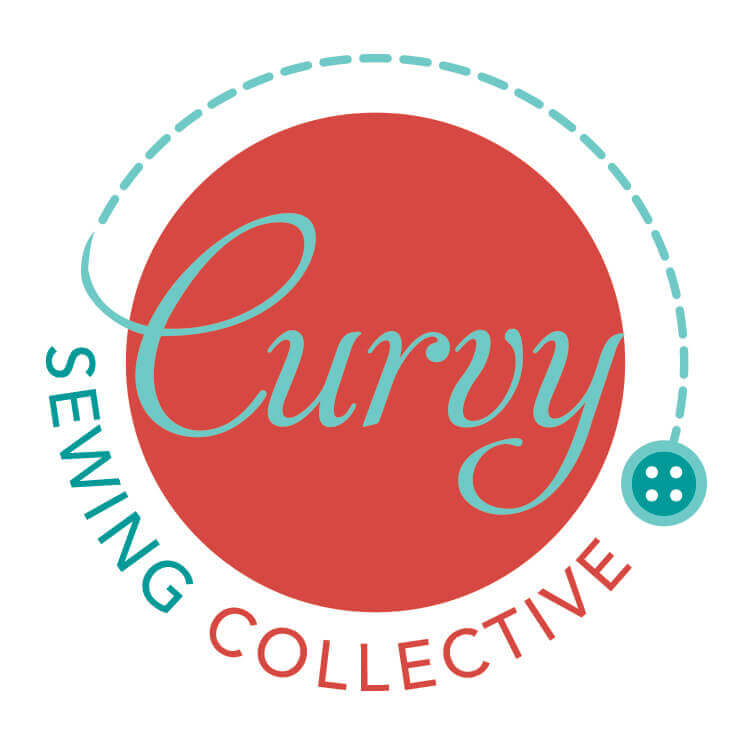



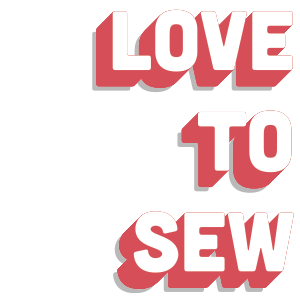


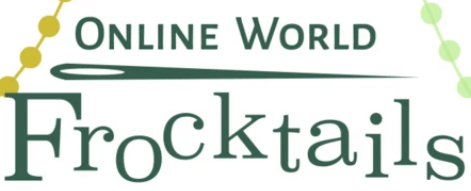

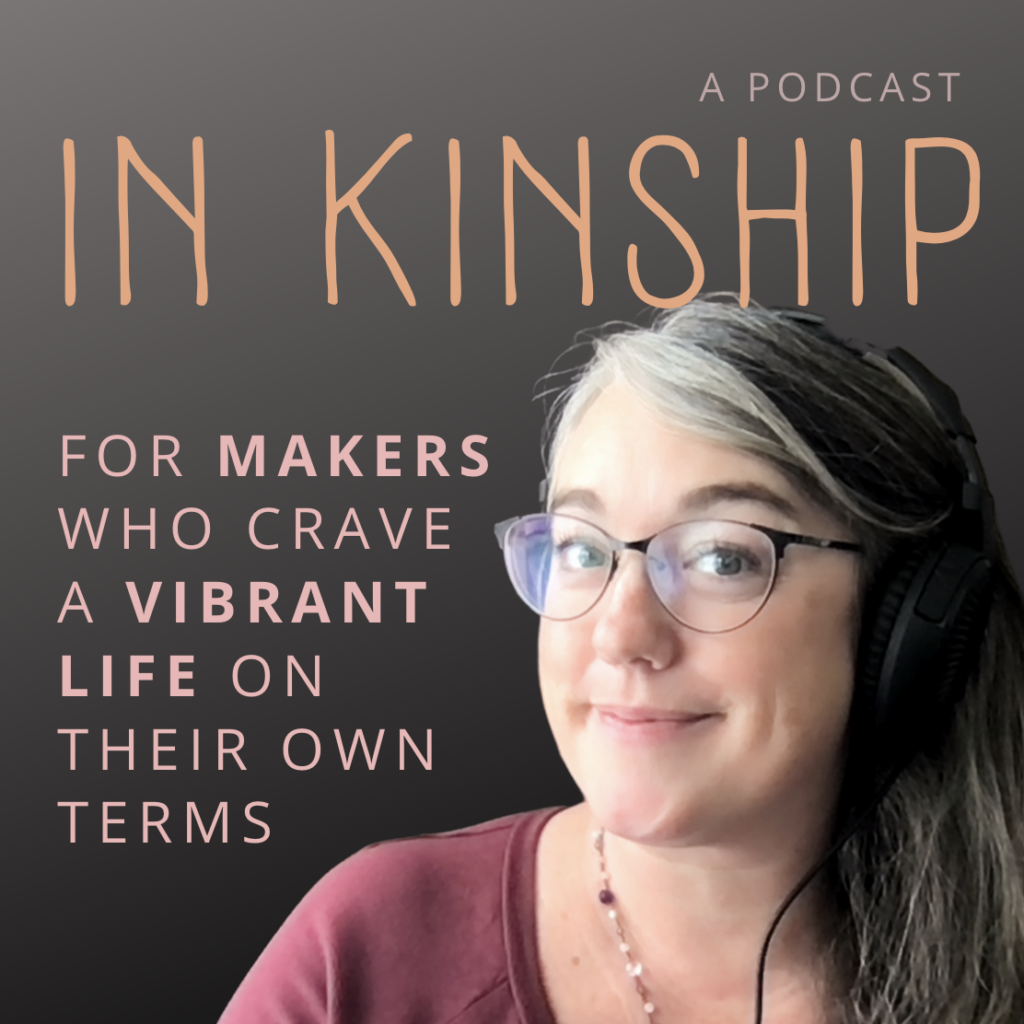


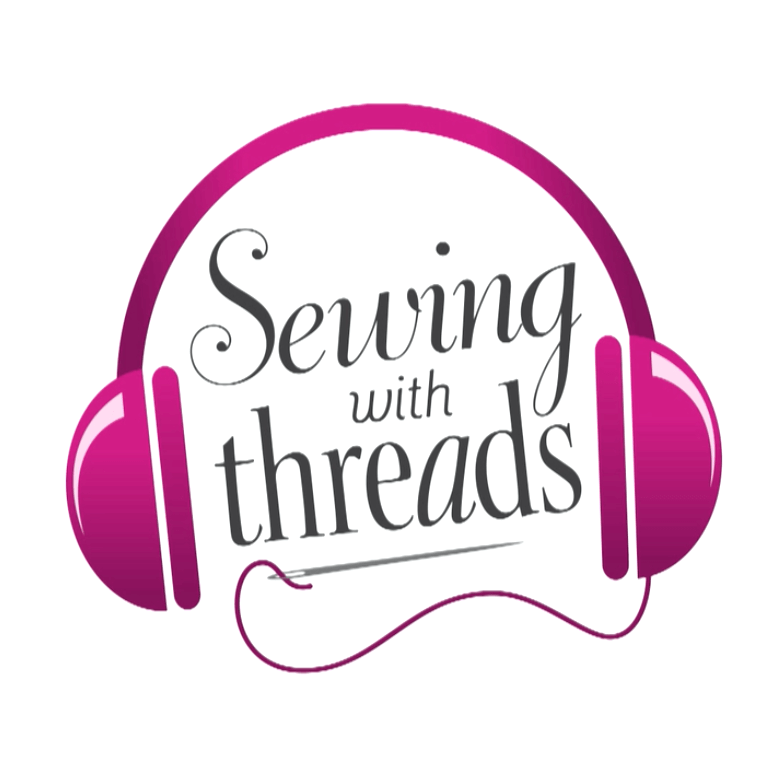
One Response
Girl… you are amazing! LOVE IT!